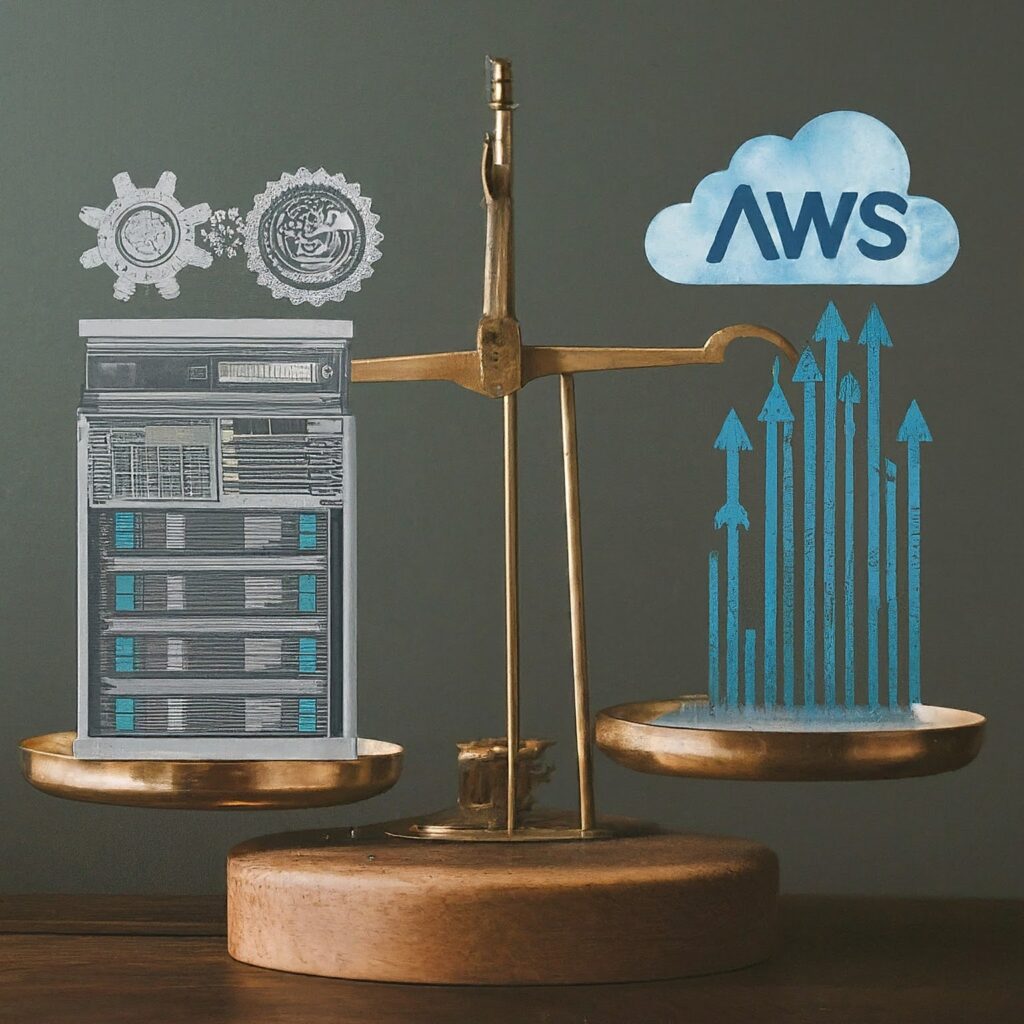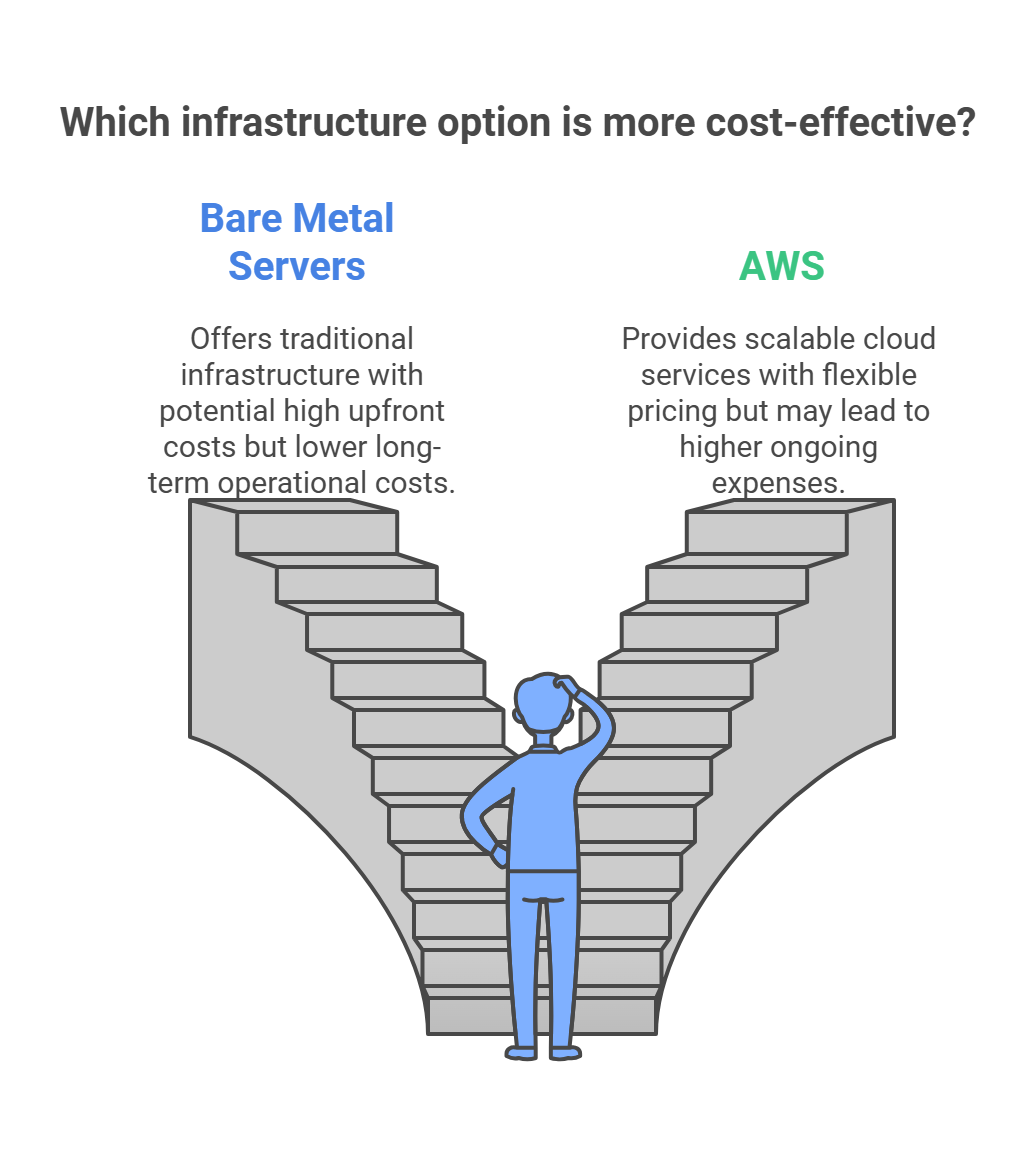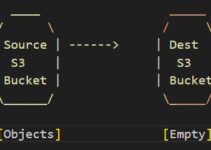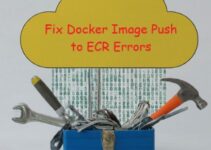The ongoing debate around Bare Metal vs AWS cost is a hot topic for businesses venturing into the cloud. While the convenience and scalability of AWS are undeniable, some companies grapple with the associated costs. This is where bare metal servers emerge as a potential alternative. However, before making the switch from AWS, it’s crucial to understand the true financial implications of migrating to bare metal infrastructure.
Understanding Bare Metal vs AWS:
- Bare Metal Servers: These are physical servers that you own and manage yourself. You have complete control over the hardware and software configuration, offering greater flexibility and customization.
- AWS: A cloud-based platform that provides a wide range of virtual computing resources like servers, storage, and databases. You pay for the resources you use, offering scalability and convenience.
When Bare Metal Can Be Cheaper
- Predictable Workloads: If your workload has consistent resource requirements, bare metal servers can be a cost-effective option. You won’t be subject to fluctuating cloud service fees.
- Underutilized Resources: Are you paying for more AWS resources than you actually need? Bare metal allows you to right-size your infrastructure, potentially reducing costs.
- Existing Hardware Investment: If you already own physical servers that are underutilized, migrating to bare metal might leverage your existing investment.
Hidden Costs of Bare Metal
- Upfront Investment: Purchasing servers, racks, and cooling systems can be a significant upfront cost compared to the pay-as-you-go model of AWS.
- Management Overhead: Bare metal servers require ongoing maintenance, patching, and upgrades. You’ll need in-house IT expertise, which translates to additional staff costs.
- Scalability Challenges: Scaling bare metal infrastructure up or down is less flexible than scaling in the cloud. You might end up with idle servers or insufficient resources during peak times.
Making the Right Choice
There’s no one-size-fits-all answer to whether bare metal is cheaper than AWS. It depends on your specific needs, budget, and technical expertise. Here are some additional factors to consider:
- Expertise: Do you have the IT staff necessary to manage bare metal servers effectively?
- Downtime Tolerance: How critical is uptime for your applications? Bare metal outages require manual intervention, while AWS offers high availability features.
- Security Considerations: Security is your responsibility with bare metal servers. You’ll need to implement robust security measures.
Is Bare Metal Right for You?
Carefully evaluate your business needs before jumping ship from AWS. If you have a predictable workload, existing hardware, and the in-house expertise to manage bare metal servers, it might be a cost-effective option. However, for businesses that value scalability, convenience, and don’t have the resources for server management, AWS might still be the better choice.
Understanding Bare Metal vs AWS Costs and Features
| Feature | Bare Metal | AWS |
| Cost Model | Upfront cost for hardware + ongoing management costs | Pay-as-you-go for resources used |
| Scalability | Less flexible, requires manual addition/removal of servers | Highly scalable, resources can be provisioned/deprovisioned on-demand |
| Control | Full control over hardware and software configuration | Limited control over hardware, more control over software configuration |
| Management | Requires in-house IT expertise for maintenance, patching, and upgrades | Managed by AWS, less IT burden for businesses |
| Security | Responsibility of the user to implement security measures | AWS provides robust security features, but additional configuration might be needed |
| Downtime Tolerance | Outages require manual intervention | AWS offers high availability features for minimal downtime |
| Ideal for | Predictable workloads, underutilized resources, existing hardware investment | Businesses valuing scalability, convenience, and limited IT resources |
FAQs
Q. Can I have a hybrid solution?
Yes, you can combine AWS services with on-premises bare metal servers for a hybrid cloud approach.
Q. What are some alternatives to AWS?
Other cloud providers like Microsoft Azure and Google Cloud Platform offer similar services.
Q. Can I get away with using spot instances on AWS to reduce costs?
Spot instances on AWS can be a cost-effective way to utilize unused cloud resources. However, they come with the caveat of being interruptible. This means AWS can reclaim the spot instance if needed, potentially causing downtime for your applications. Consider the impact of potential interruptions before relying solely on spot instances.
Q. What about managed bare metal services?
Managed bare metal services are offered by some cloud providers. These services combine the benefits of bare metal performance with the convenience of cloud management. You essentially rent the hardware and the provider handles maintenance and patching. This can be a good option if you want the cost benefits of bare metal without the management overhead.
Q. How can I estimate the cost difference between AWS and bare metal?
Several online tools can help you estimate the potential cost savings of migrating to bare metal. These tools typically require you to input your current AWS usage data and server specifications. While not a foolproof solution, they can provide a starting point for your cost analysis.
Conclusion
Migrating from AWS to bare metal servers can potentially lead to cost savings, but it’s not a decision to take lightly. Weigh the ongoing costs of AWS against the upfront investment and management overhead of bare metal. By carefully analyzing your specific requirements, you can make an informed decision that best suits your business needs.











